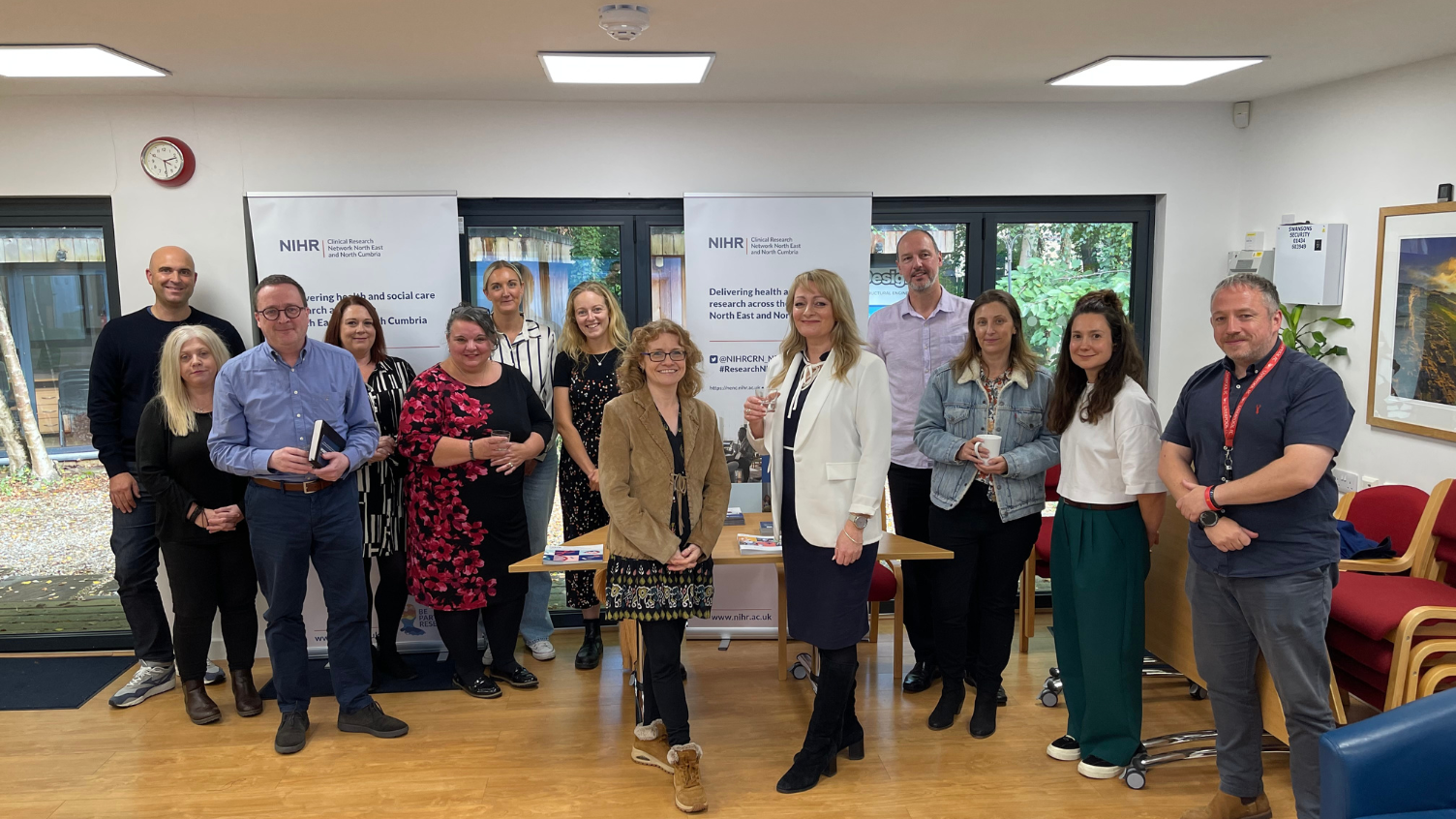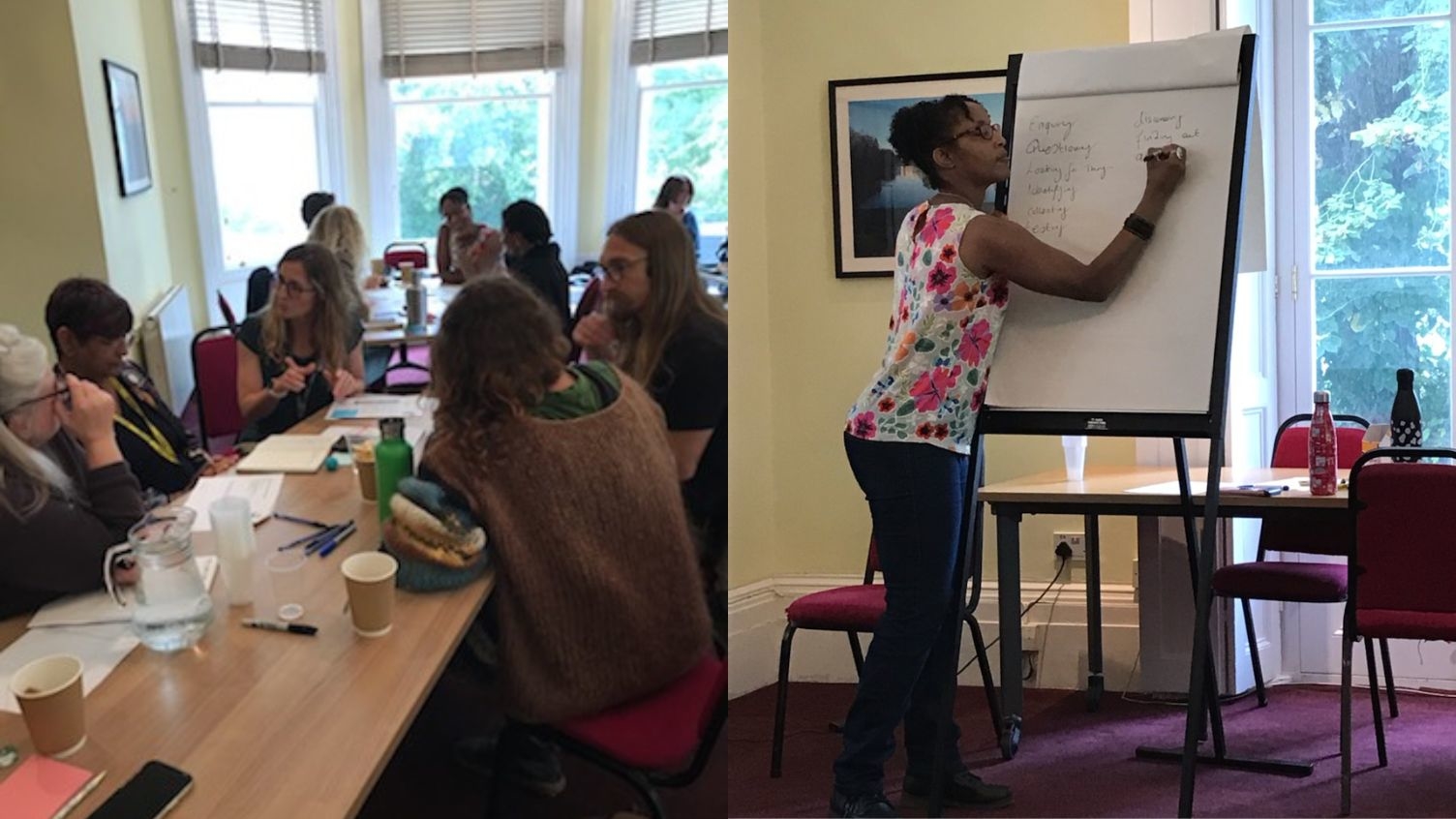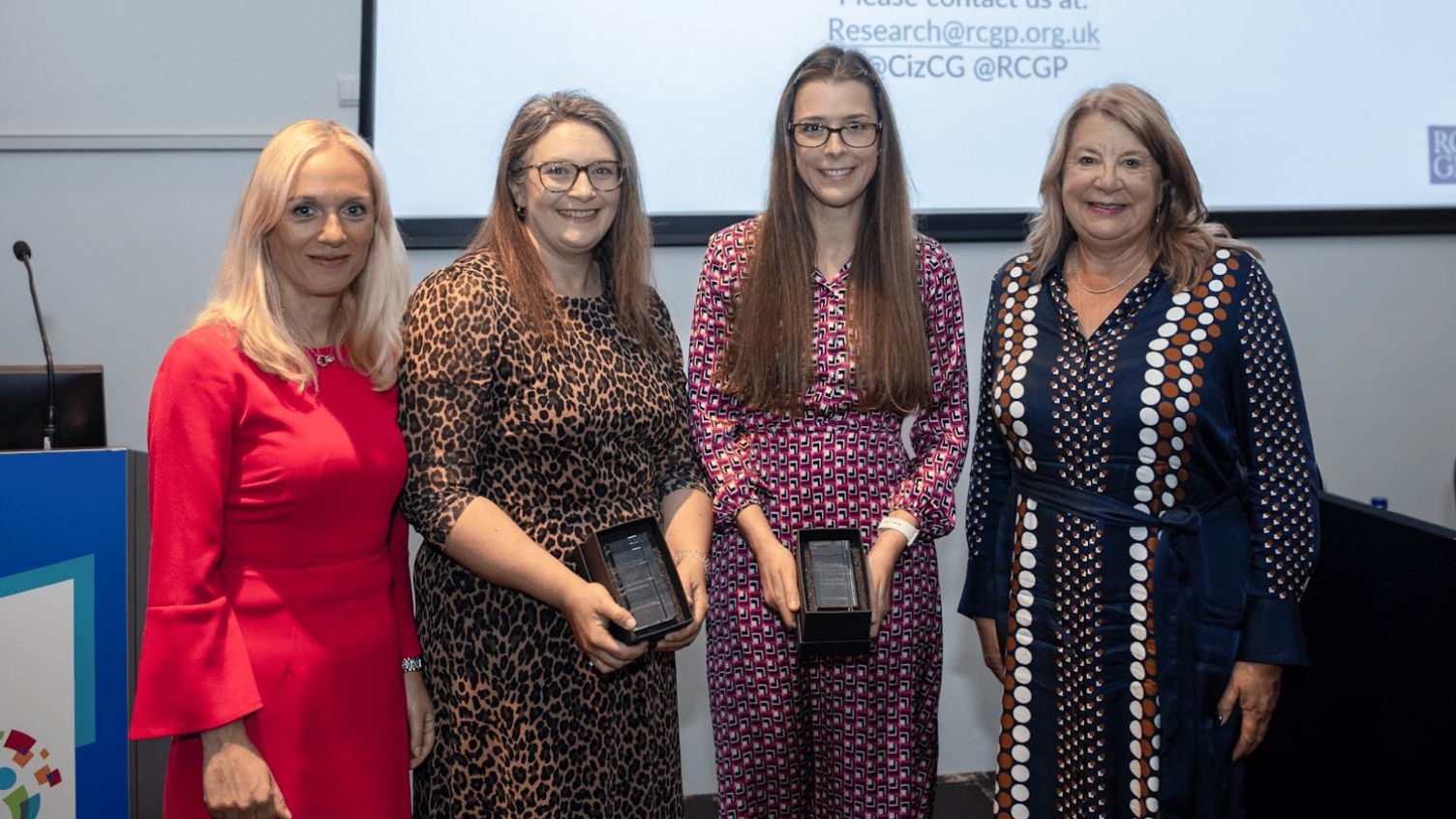10 out of 10 - ten of the greatest health-changing research studies, to have taken place in North Thames over ten years of the CRN
- 01 May 2024
- 4 min read
The NIHR Clinical Research Network was formed 10 years ago, in April 2014. To reflect on its mission to support clinical research, we are taking this opportunity to look back on the 10 years of its existence, and revisit some of the incredible research to emerge in the region that has had an impact on treatments and on the health and wellbeing of patients across the UK.
Which aspect of health did this research focus on?
Intensive Care
What was the study investigating?
This Oxy-PICU study evaluated whether giving less additional oxygen to critically ill children would reduce the length of time needed for organ support or improve the chances of survival.
Why does it matter?
Oxygen is one of the most common treatments used in emergency situations but has been associated with harm in paediatric patients.
In the UK, around 20,000 children are admitted to intensive care each year and roughly 75% will receive additional oxygen through a ventilator.
While very low oxygen levels are harmful, the most beneficial level of oxygenation in critically ill children was not known.
What did the study do?
The Oxy-PICU study was the largest randomised controlled trial ever conducted in paediatric intensive care units (PICUs).
The researchers recruited 2,040 children from 15 NHS PICUs across England and Scotland who needed a mechanical ventilator and extra oxygen on admission.
The children, who ranged from newborn up to 16 years old, were randomly allocated to one of two groups: they either received oxygen to the standard target level or to a reduced level.
The study was funded by the NIHR’s Health Technology Assessment programme and supported by the NIHR’s Biomedical Research Centre at GOSH.
What did we learn?
The researchers found that the children who received the lower level of oxygen were 6% more likely to have a better outcome, either in terms of survival or the number of days spent on machines supporting their organs.
The results were published in the The Lancet.
How has it benefited patient healthcare and treatments?
Reducing oxygen levels for critically ill children on mechanical ventilators in intensive care could save many young lives each year.
It could also reduce the number of days a child needs to spend on machines to support their organs and reduce the levels of stressful intervention.
The changes would also benefit the NHS, saving millions of pounds every year.
What next?
The researchers anticipate that if the approach was scaled up across the NHS, it could save 50 lives, 6,000 ICU bed days and £20 million annually in the UK alone.
What was it like to take part?
Two-year-old Noah was diagnosed with leukaemia in May 2022 after a trip to A&E. In order to give him the medication he urgently needed, the doctors had to sedate him, and he was quickly transported for treatment at Great Ormond Street Hospital (GOSH).
Noah was in the ICU for around 4 days to support his organs while he received care. While there, his parents consented to him taking part in the Oxy-PICU trial as part of his recovery journey. He was later transferred to the oncology ward.
Noah’s moth Dilly said:
“I was so stunned when we got to the ICU, it was like a spaceship. I was in awe of all the machines, in shock really, and exhausted as it was the middle of the night.
“What was amazing was how he recovered. For three months he’d had almost no facial expressions – we hadn’t seen him smile. But then his daily Occupational Therapist Mary came one day and you could see him try to smile at her toys. After that session we could see him slowly getting better.
“This September, we signed up to nursery and we were worried Noah may not be able to do a full day but he’s thriving there!”
What was it like to run the study?
Lauran O’Neill, Senior Critical Care Research Nurse at GOSH, said:
“This is a major milestone study, which was nurse-led, with research taking place at the bedside as part of normal clinical care. It’s a great example of a research-hospital vision as every child admitted to ICU was screened for inclusion into the study.”
Professor Marian Knight, Scientific Director for NIHR Infrastructure, said:
“The purpose of all NIHR health and care research is to save or improve lives in some way, whether by questioning what we currently do or introducing new practice.
"This landmark nurse-led study has challenged the accepted practice for providing oxygen to children in intensive care in a way that could have a global impact.”


